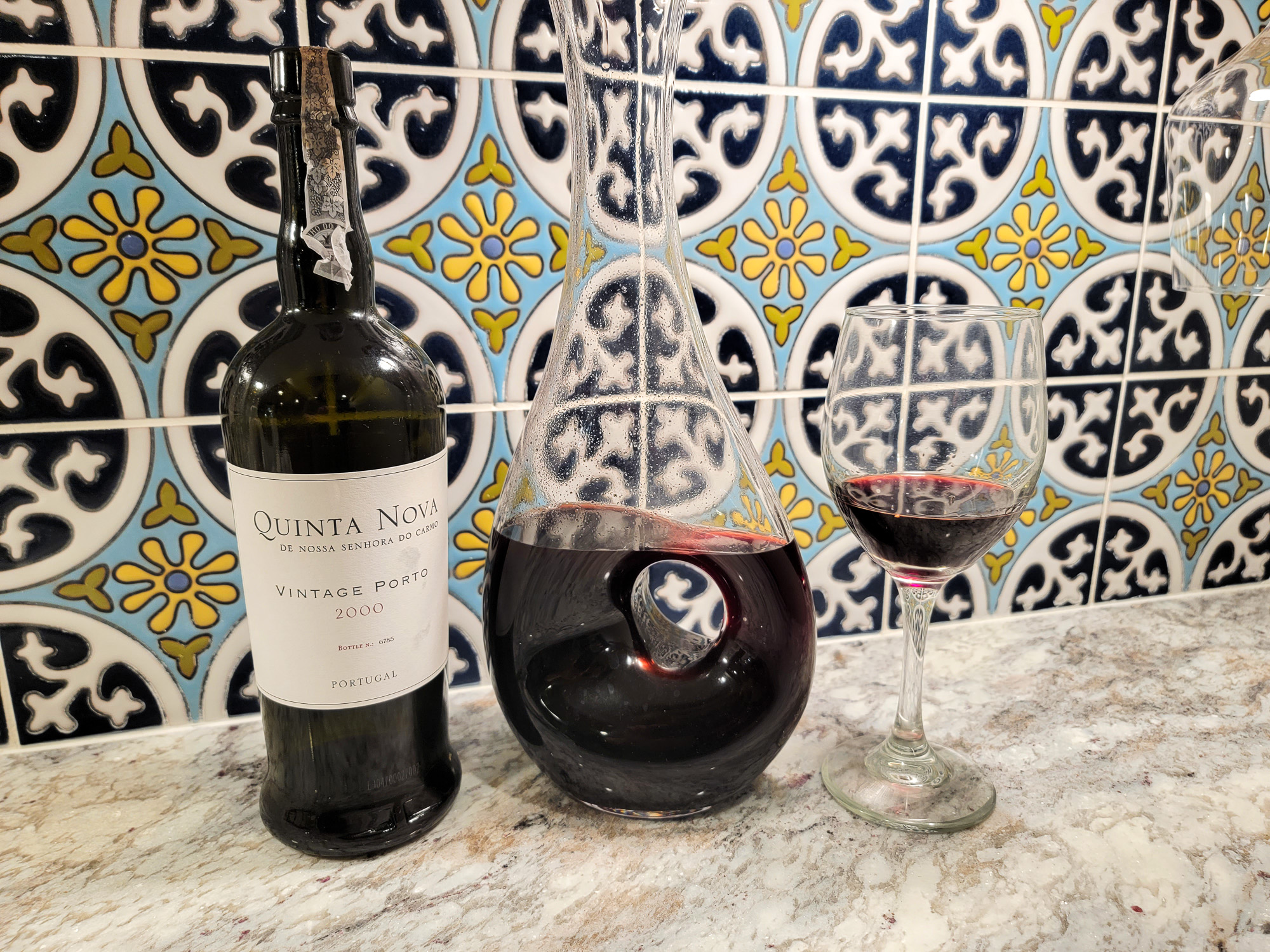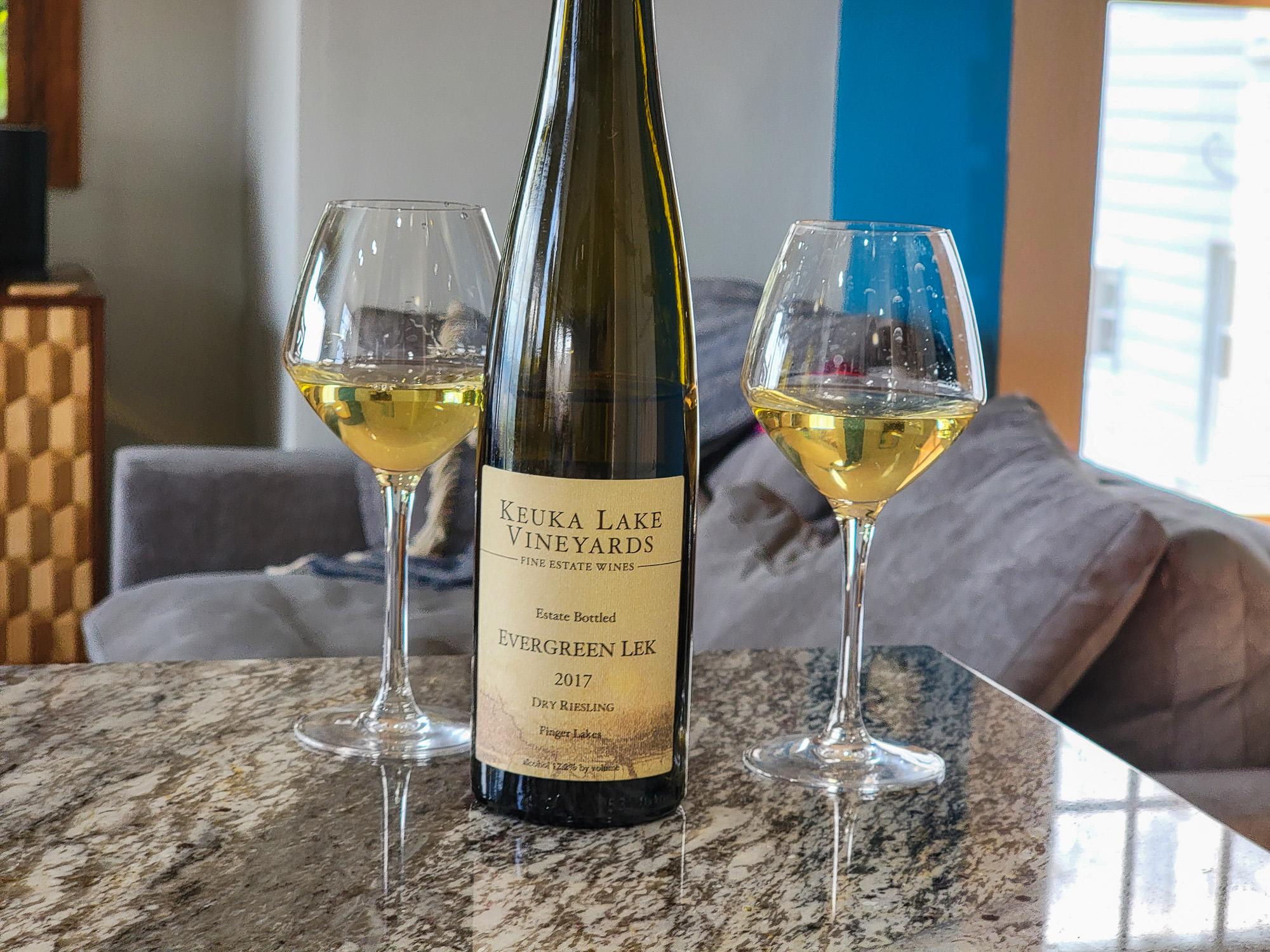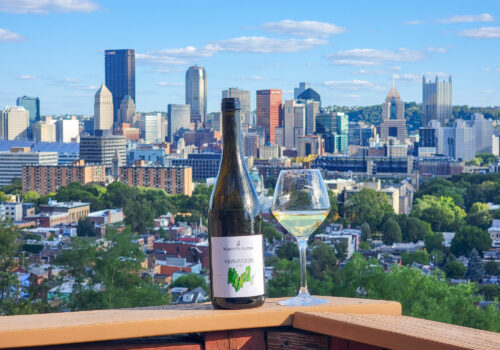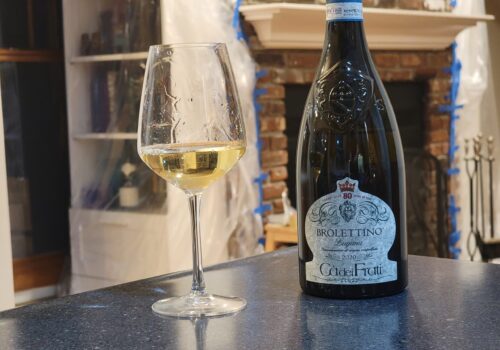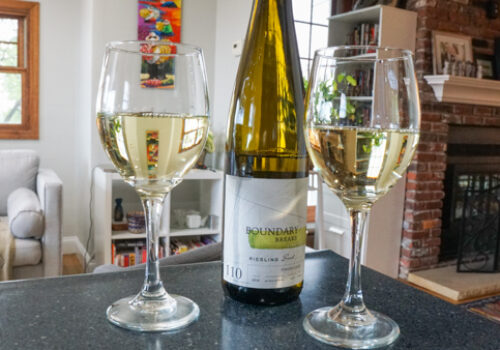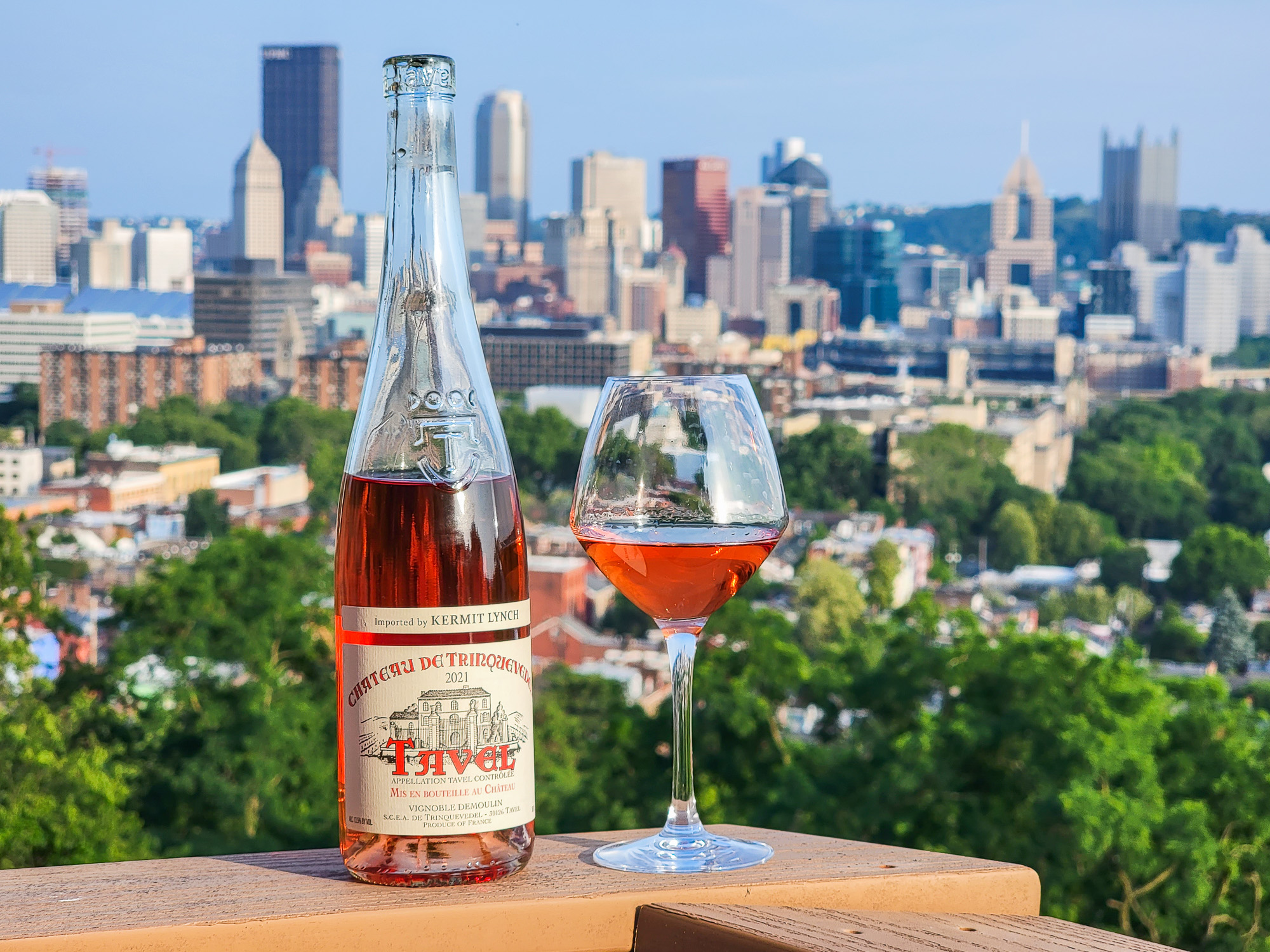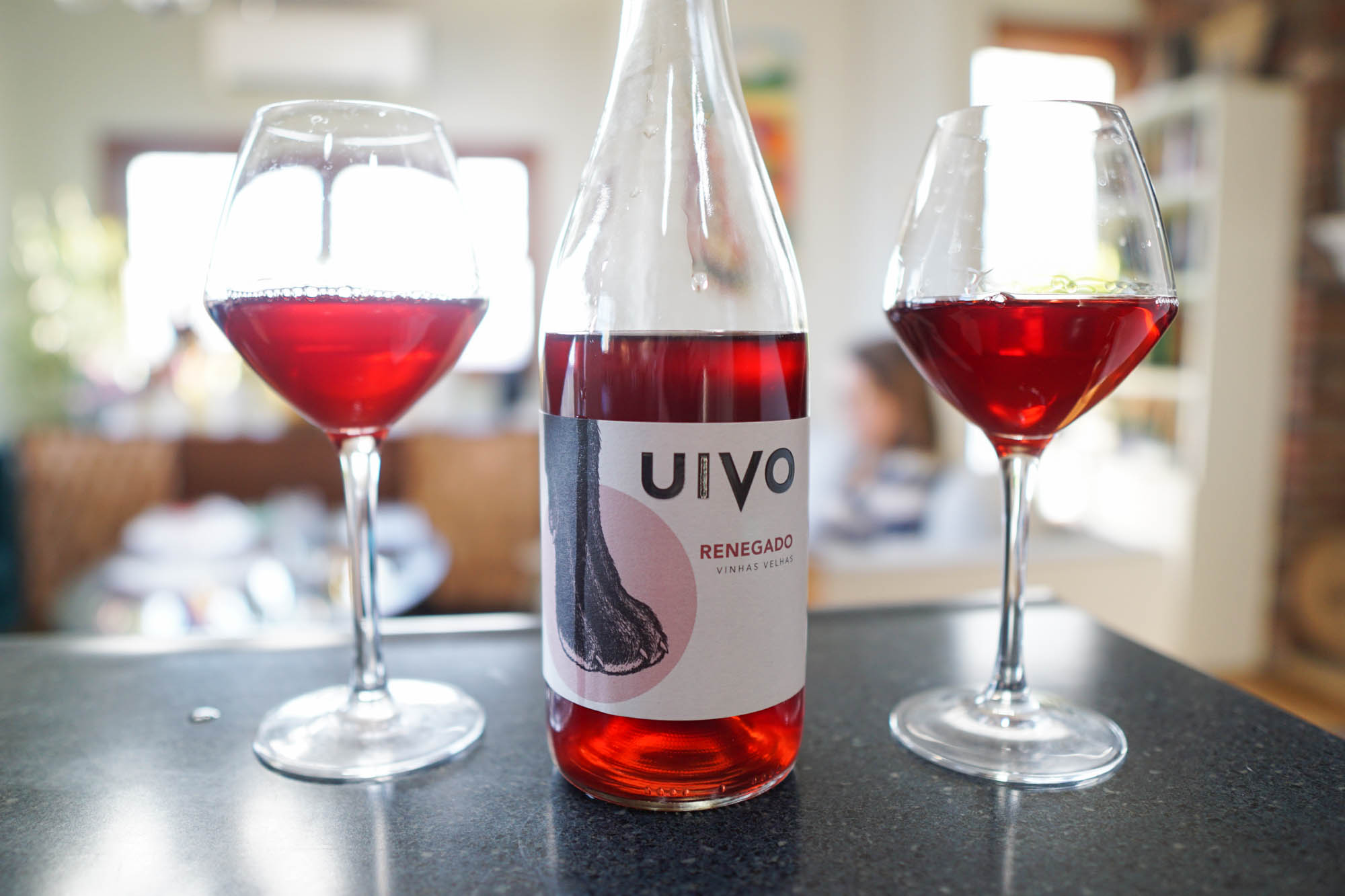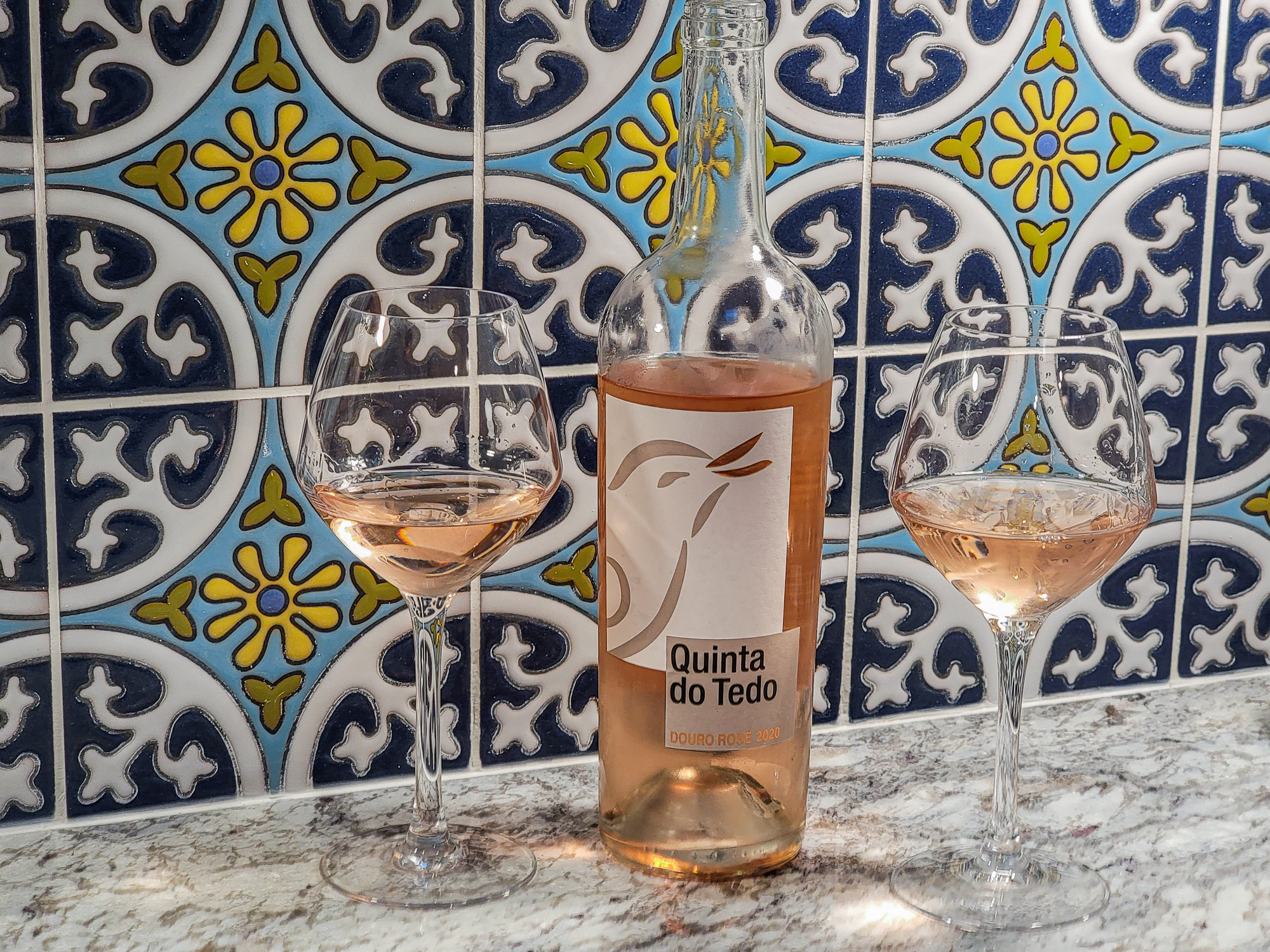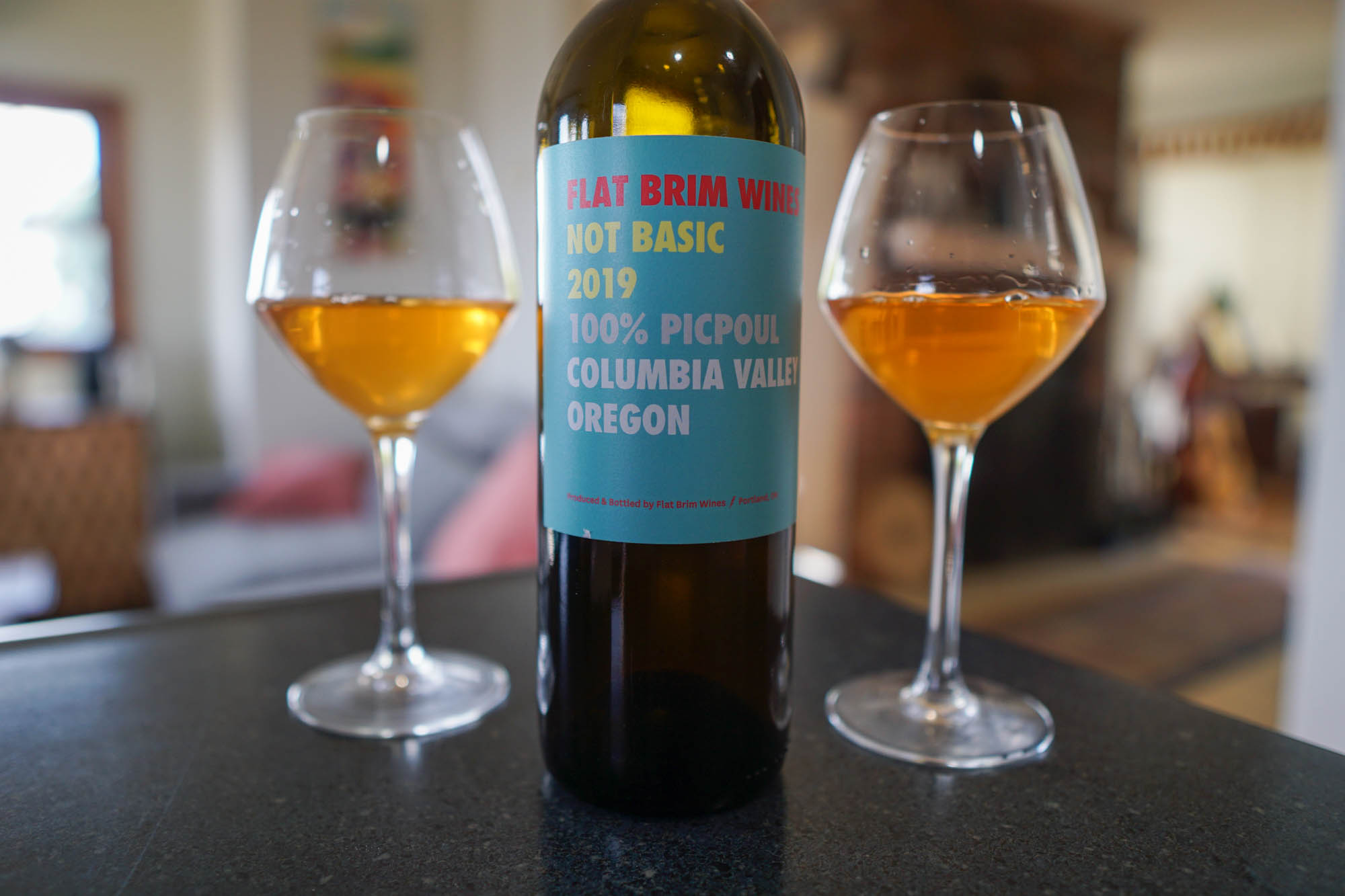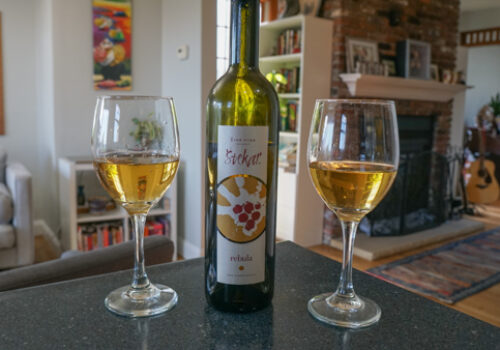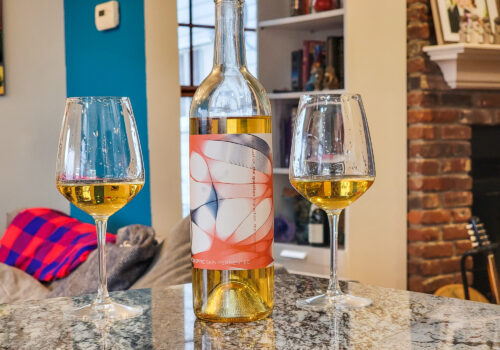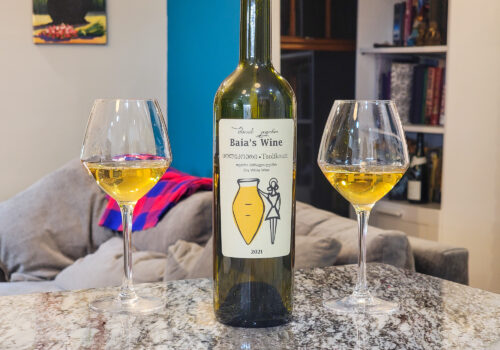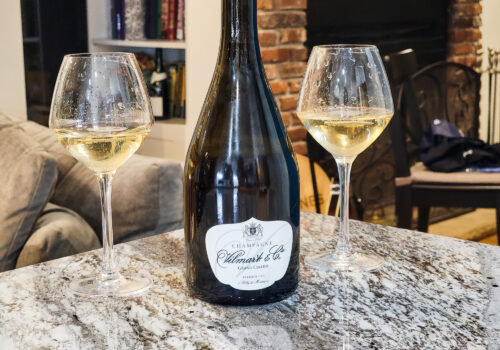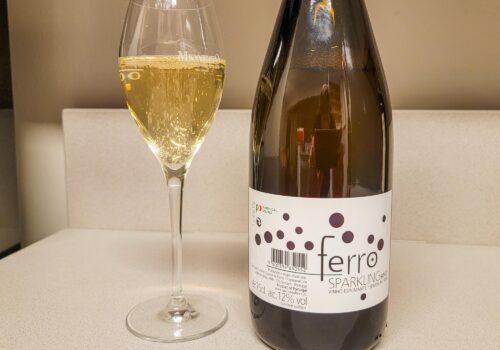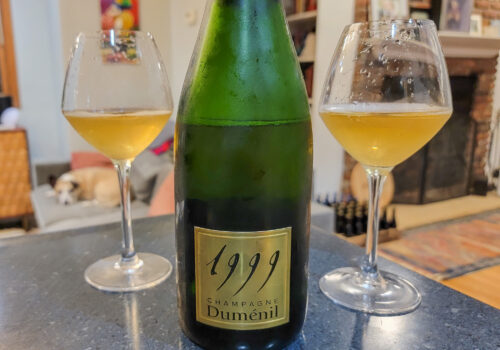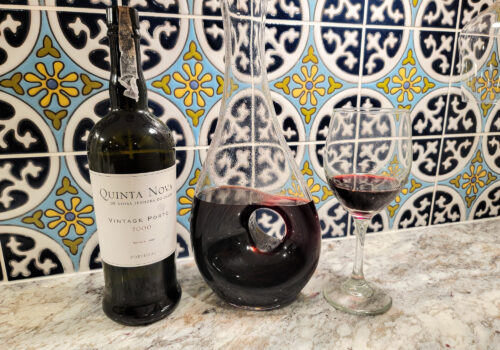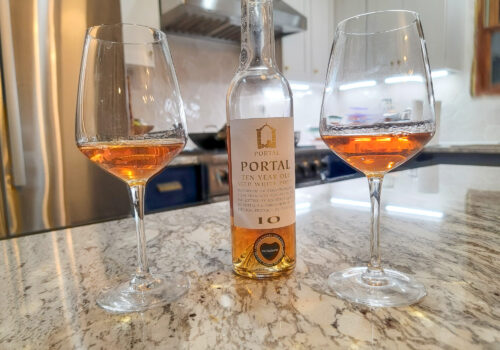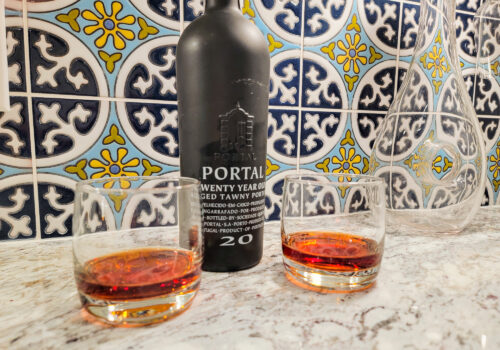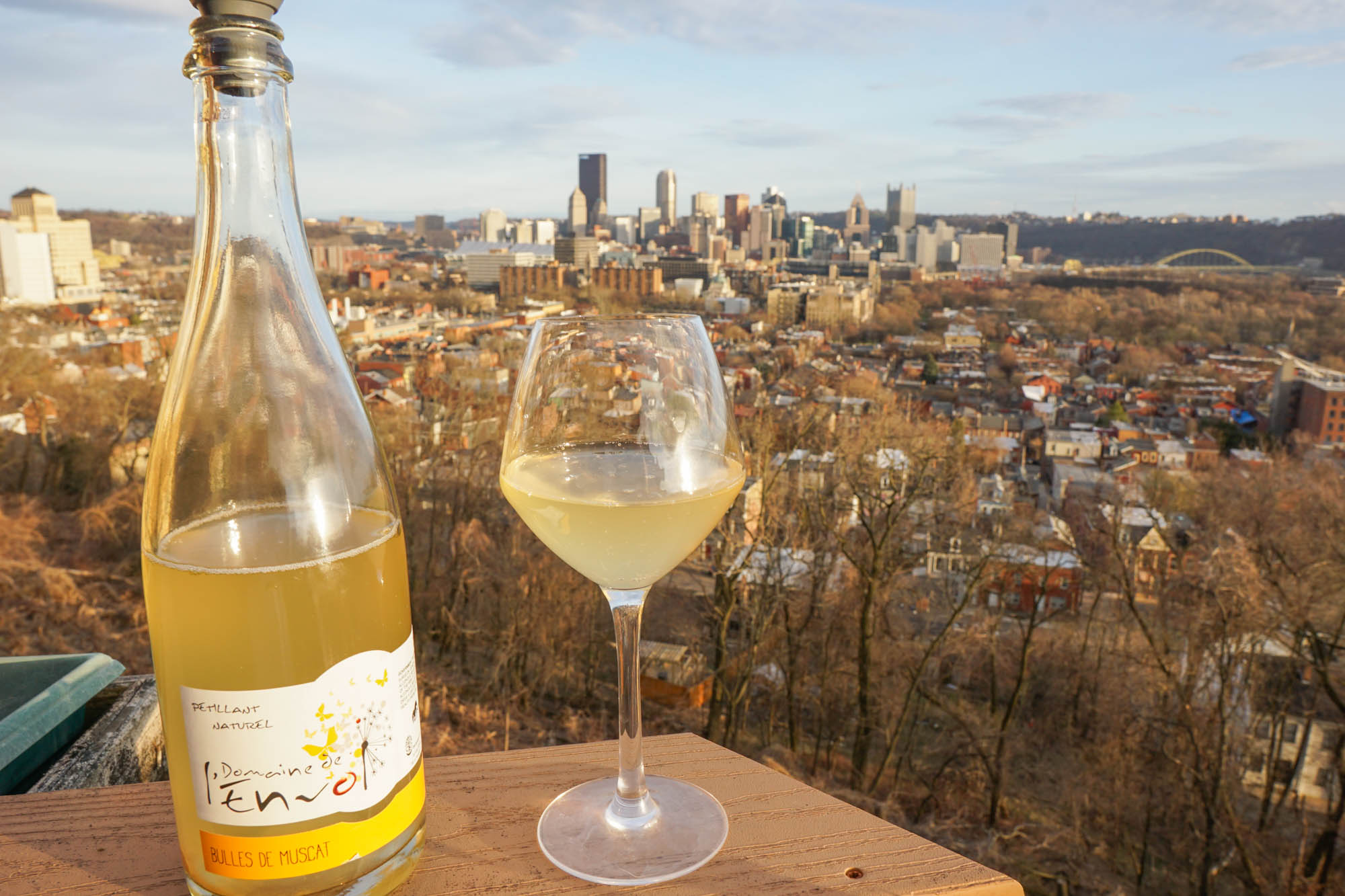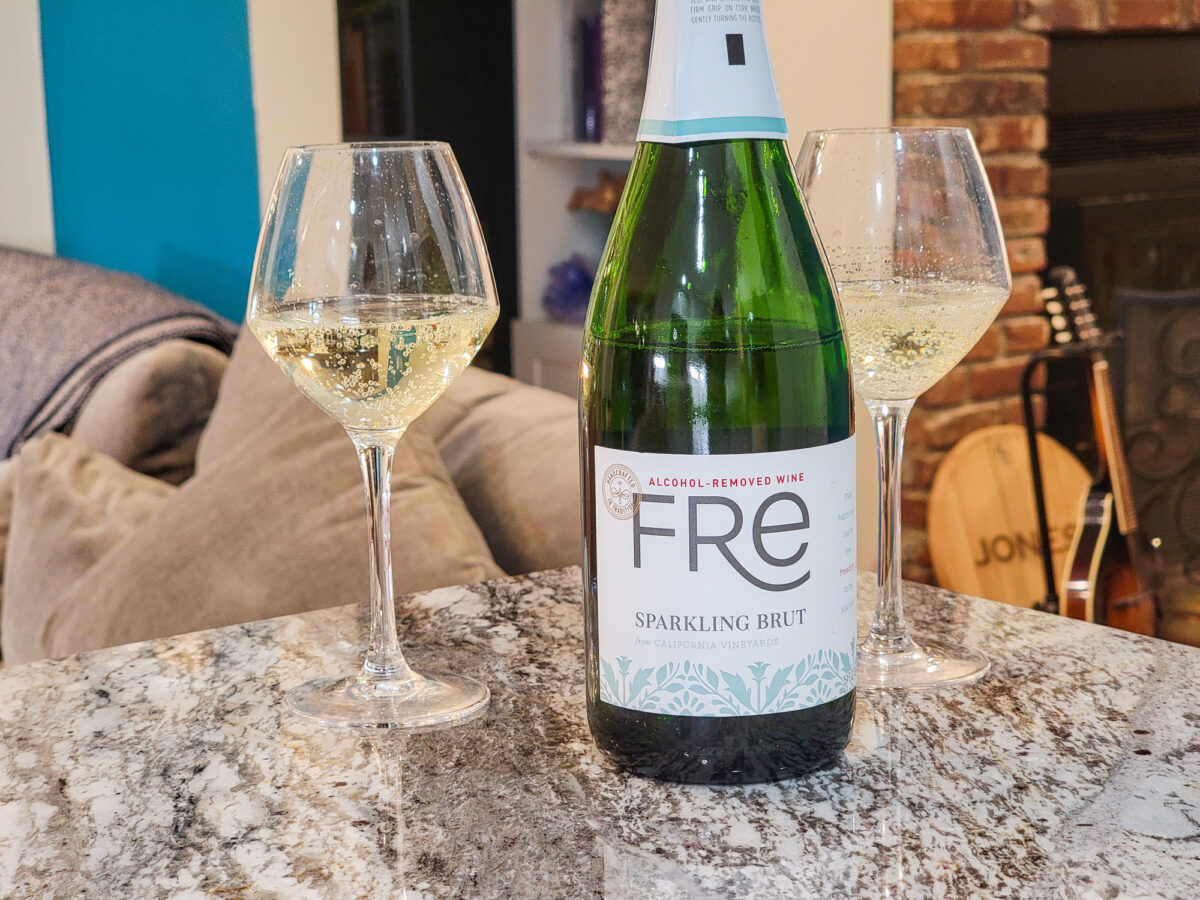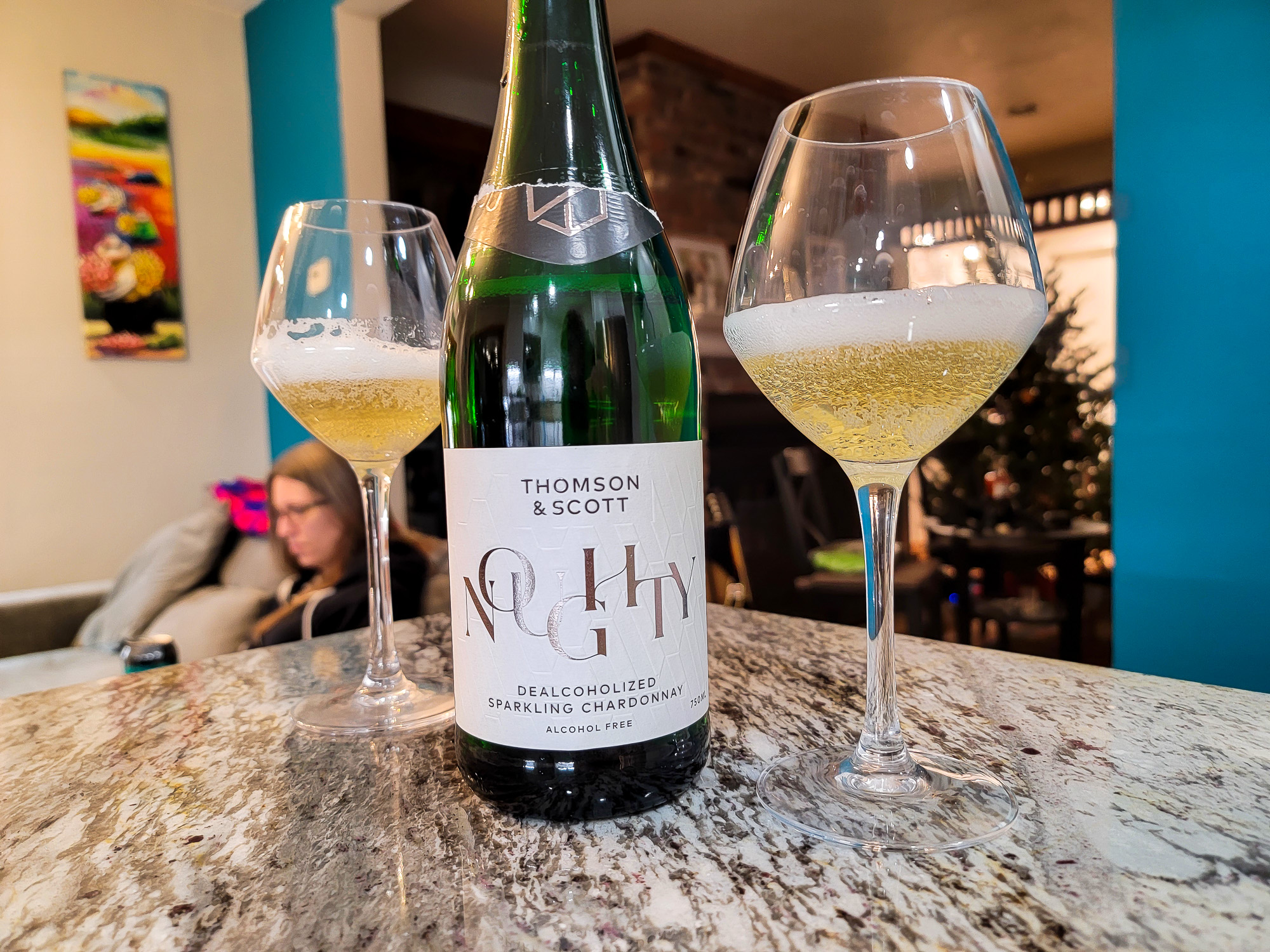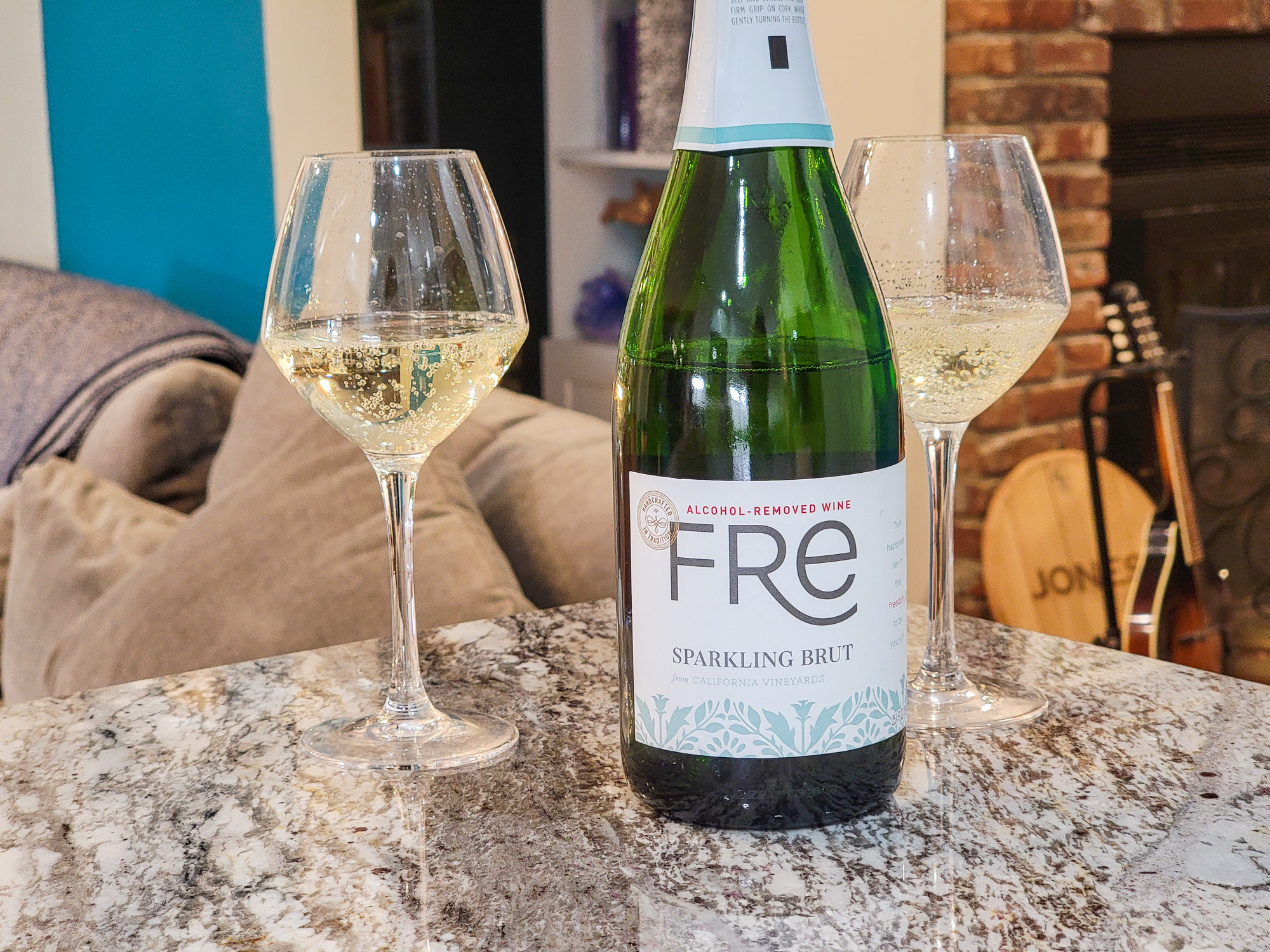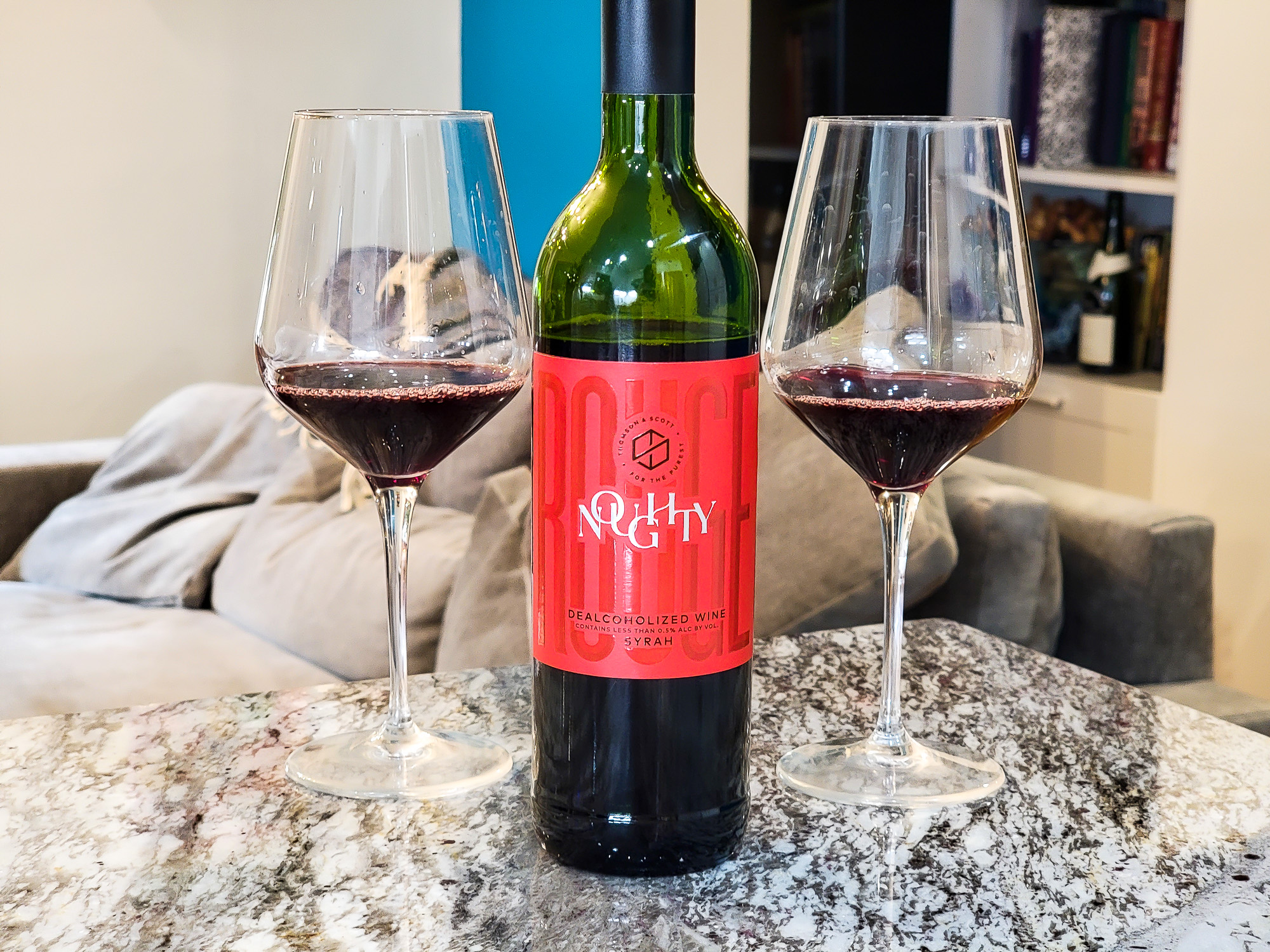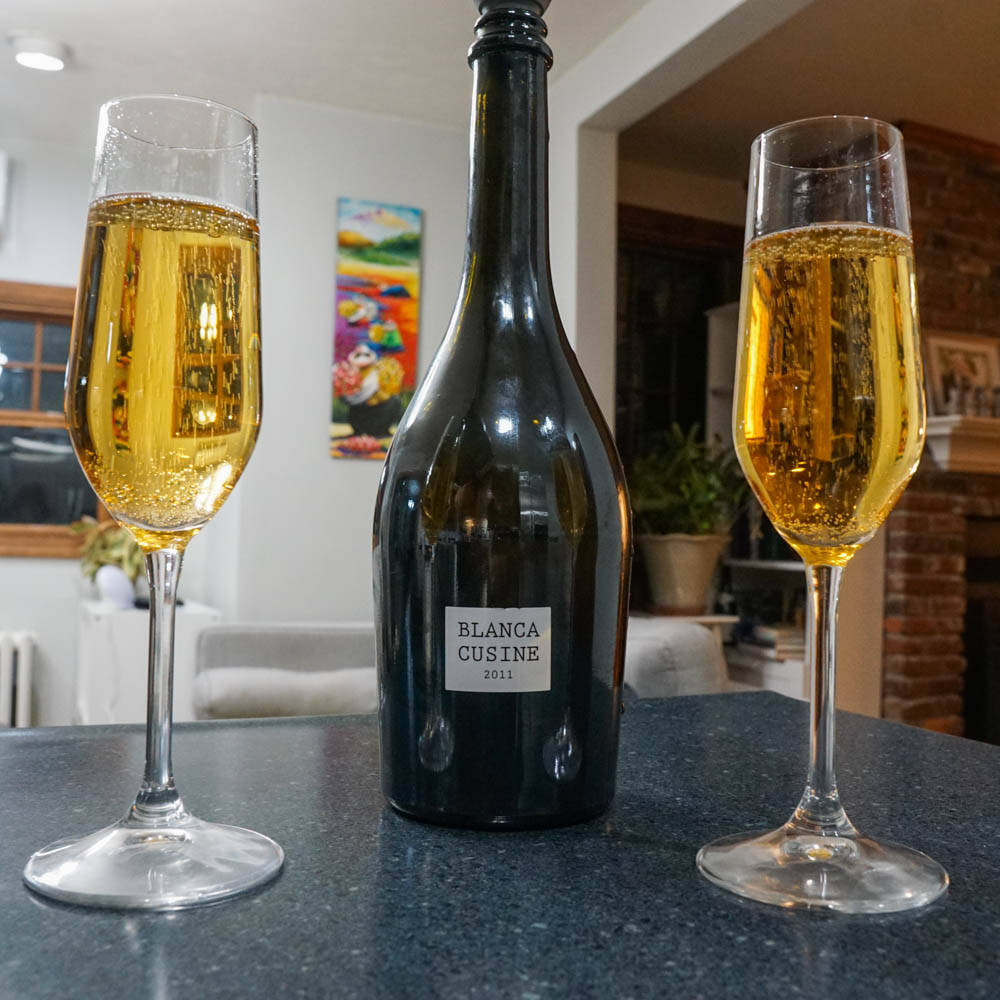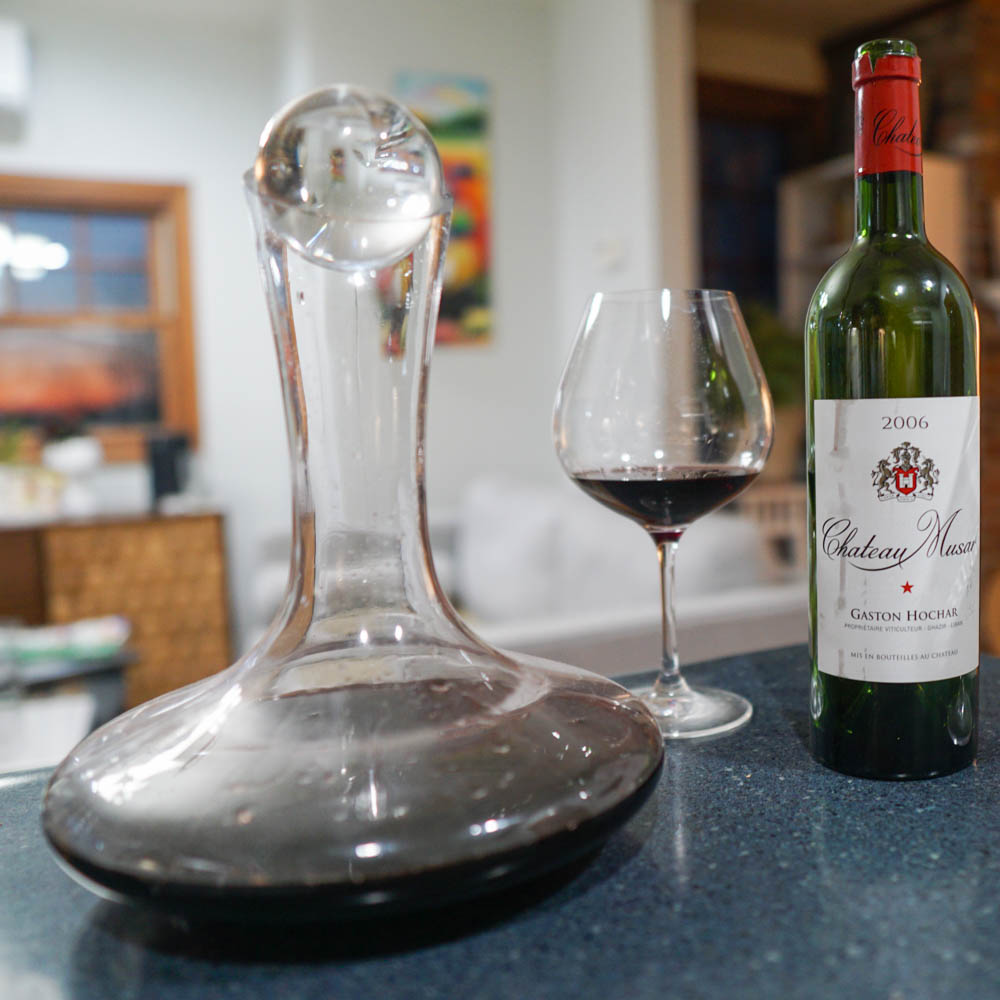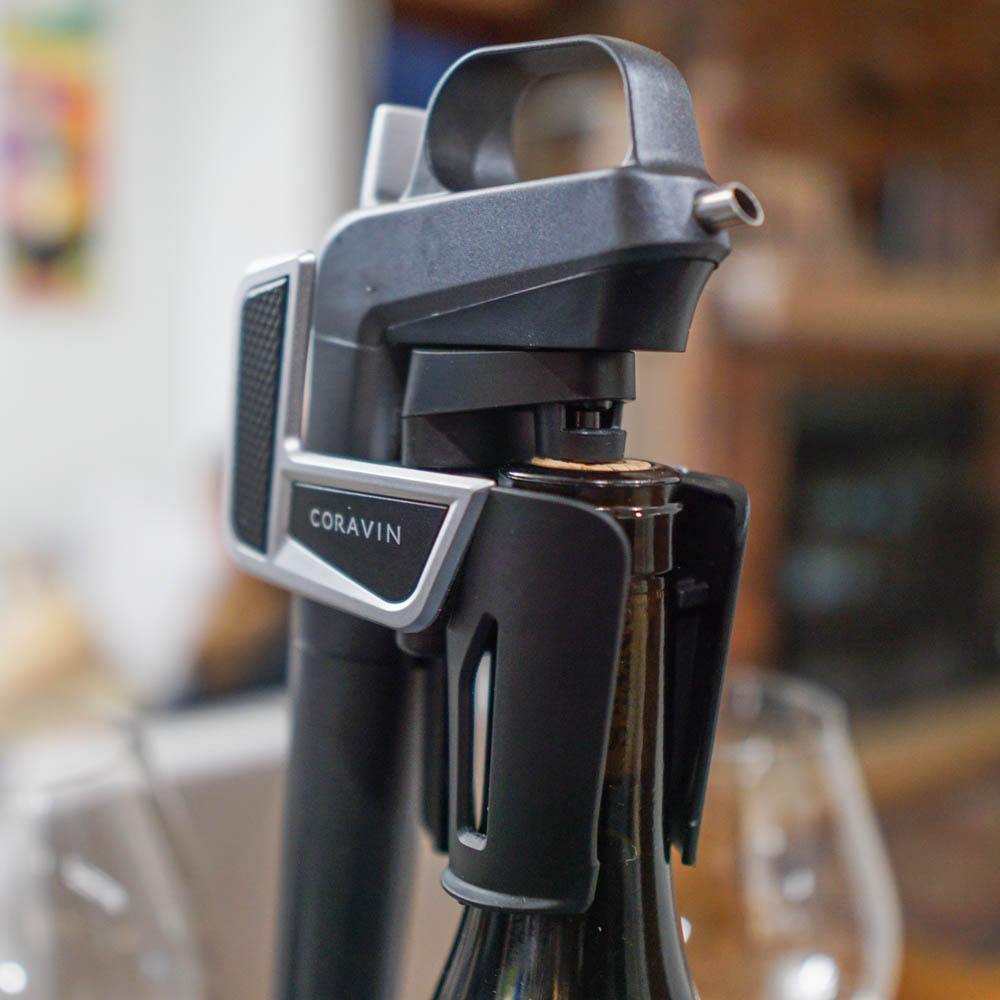Published by Jeremy.
Disclaimers: We use demographic data, email opt-ins, display advertising, and affiliate links to operate this site. Please review our Terms and Conditions for more information. This website is intended for those of legal drinking age in your jurisdiction.
Have you ever been in a wine store and confused over the sheer volume and types of wine? We've been there.
Thankfully, when you stop to think of it the world of wine can be simplified down into a handful of core styles. So let's break down the various wine types you may see and explain a bit more of each in this guide!
Red Wine
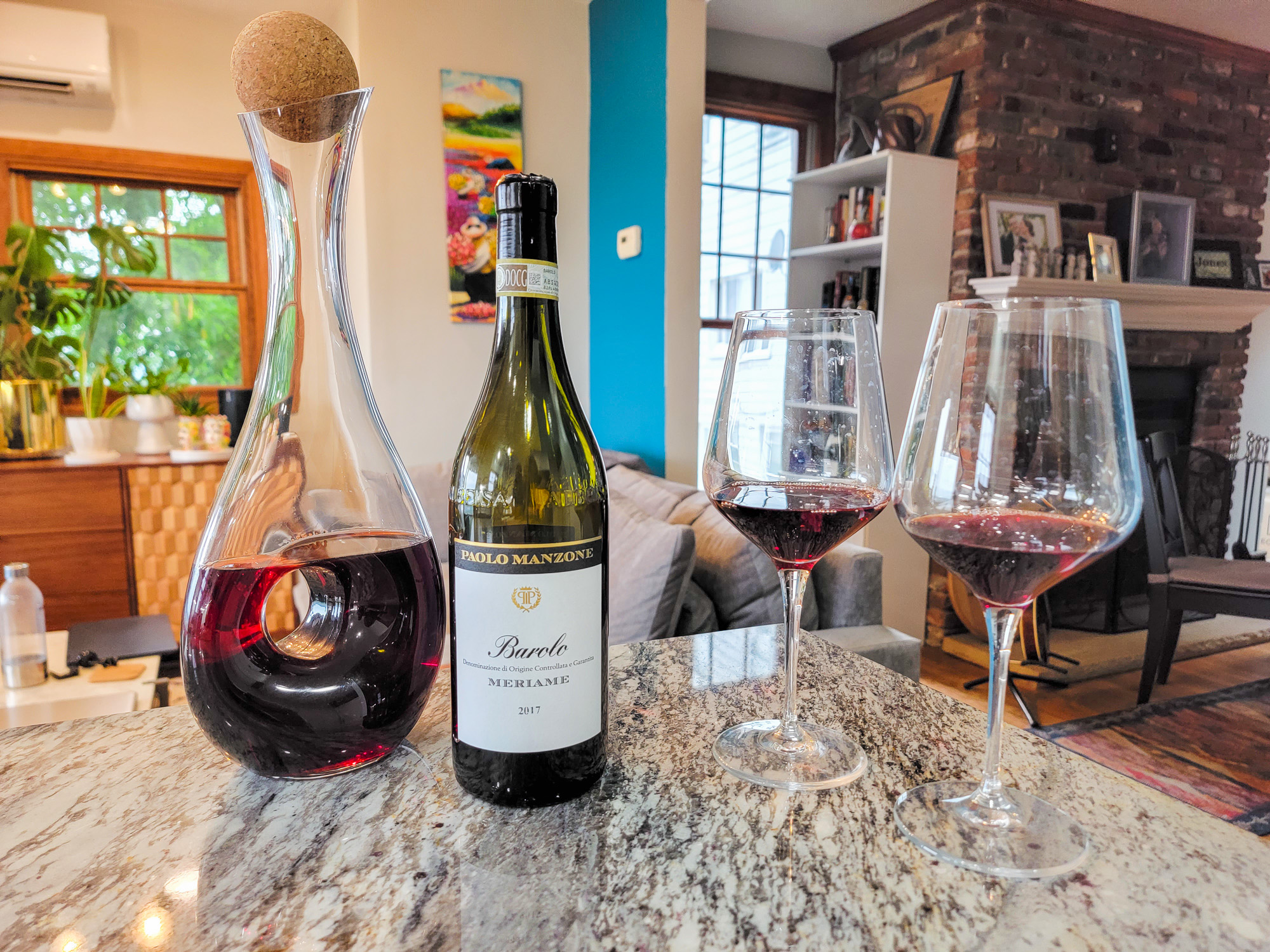
Red wine is, by most accounts, the most produced type of wine in the world.
This one is made by fermenting red grapes like Cabernet Sauvignon, Merlot, Syrah, and others. Grapes are often macerated and/or fermented on the skins for color and tannin extraction to give the wines their characteristic color and sometimes intense flavors.
But that is not to say that all red wine is intense and tannic, as many other styles can be made that minimize skin contact or are designed to preserve fresh fruit character and minimize tannin extraction (e.g. carbonic maceration in Beaujolais).
As such, the world of red wine can run the spectrum from dry to sweet, light to bold, and everything in between.
For a selection of some red wines we've reviewed, check out the following:
White Wine
If we make the claim that red wine is the most produced type of wine in the world, white wine is sure to follow as a close second.
This one is made virtually identically to red wine, but simply with white grapes instead of red like Riesling, Chardonnay, Sauvignon Blanc, and others. Generally speaking, white wine is fermented at much cooler temperatures than red, and often with very limited, if any, skin contact, as a means to preserve the fresh fruit characteristics above all others.
When skin contact is added you may get more phenolic character (e.g. wax) and stronger complexity, but the wine may also push into orange wine territory which we will get into more later.
But, like red wine, white wine can run the spectrum from dry to sweet, light to bold, unoaked to oaked, and even have malolactic fermentation to add creamy notes as well. Suffice it to say, there is a lot of white wine styles to try!
For a selection of some white wines we've reviewed, check out the following:
Rose Wine
Rose wine is an interesting sub-category of red wine with one key difference- skin contact is minimized. This produces a less intensely flavored wine, typically with much lower tannin, and in many cases a softer color on the pink spectrum at best.
Rose wine is often produced via three major techniques, direct press (applying pressure to bleed off light color from the skins), blending (blending red and white grapes), and rose d'saignee (bleeding). The latter is achieved by bleeding off a bit of wine from red production before full color extraction has occurred, resulting in a bold rose color that is quite distinctive compared to the other methods.
Much like the red category above, rose wines can run a spectrum of flavor intensities, can be dry or sweet, and can still showcase a wealth of grape-specific character despite being a bit lighter than their full-red counterparts.
For a selection of some rose wines we've reviewed, check out the following:
Orange Wine
Orange wine is a category of wine that some consumers may not be all-too-familiar with, but after learning about the production, it makes a lot of sense. This one is a sub-category of white wine with one key difference- skin contact is maximized. Yes, this is more or less a flip of red and rose wine as skin contact is the name of the game here.
Much like with red wine, increasing the skin contact of a white wine results in more color extraction (pushing towards orange colors), a greater intensity of flavors, and in many cases noticeable tannin.
Orange wine has grown in popularity in recent years as part of the natural wine movement (more on that below) as minimal intervention winemaking techniques typically involves longer skin contact as well.
For a selection of some orange wines we've reviewed, check out the following:
Sparkling Wine
For those who know a little bit about sparkling wine, your mind likely goes to Champagne. This is arguably the most famous style of sparkling of wine, made in the traditional, Champenoise method in the French region of the same name (in fact, the name is protected- it has to be made in Champagne to be Champagne).
So, how does it work? Broadly speaking, any sparkling wine made in the traditional method requires a secondary fermentation in bottle. A base wine is fermented dry, added juice and yeast is added into the bottle, it is fermented, aged on the lees for months and possibly years, disgorged (sediment removed), topped off with more wine, and re-corked. In the process, the carbon dioxide that is given off during fermentation dissolves in the wine, producing the bubbles we know and love, and the lees impart a unique flavor characteristic like toast and brioche into the wine as well (especially if it has been aged on the lees for years, not months).
But there are many more styles of sparkling wine out there. Traditional method processes are done all over the world (just not named Champagne), tank method wines involve CO2 building up in a tank before bottling, the Asti method tends to stop fermentation early for a sparkling and sweet wine combo, and some even simply inject CO2 directly into a base wine.
Suffice it to say, there are many styles of sparkling wine out there, including red, rose, sweet, and more, but all have one thing in common- bubbles!
For a selection of some sparkling wines we've reviewed, check out the following:
Fortified Wine
Much like sparkling wine, the category of fortified wine is self-explanatory to its name- wines are fortified with a semi-neutral spirit to increase the alcohol and add a bit of a kick.
But, also like sparkling wine, there are many styles out there. The most famous fortified wine is arguably Port, fermented in the Douro Valley of Portugal, made with intensely concentrated red grapes. Port wine can be made in young, fresh styles (ruby), aged styles with decades in the barrel (tawny), or bottled young and meant to be aged in bottle for decades (vintage) to name a few. But these wines all have one thing in common- they are sweet, high alcohol, and immensely flavorful.
Spain has its own style of fortified wine, Sherry, which can be made in an array of styles including oxidized in barrel similar to port (oloroso), with a biological layer on top known as a flor (fino), or both (amontillado). The three previously listed styles are fermented dry, but they also have sweet equivalents too- cream, pale cream, and medium, respectively. Another Spanish style of fortified wine is made with raisinated grapes and is known as Pedro Ximenez and is a lusciously sweet wine with intense flavor- although all of these are a fair bit lower in acidity than other styles in this category.
Beyond these, many other styles of fortified wine are made around the world, and the island of Madeira is also another large producer making an array of fortified wines from indigenous grapes with various sweetness levels. But these are just the start as there are many unique options to try!
For a selection of some fortified wines we've reviewed, check out the following:
Natural Wine
Natural wine is an interesting category of winemaking in that is generally “low intervention” by man. What this generally means is that the grape growers and winemakers do as little manipulation as possible when growing the grapes in the field, fermenting the wine, and packaging. As such, this could also be treated as a sub-category of any of the above wines simply because most all of the above wine types can be made “naturally”.
In many cases, the most noticeable component of natural wine is the use of indigenous yeast that is found on the grapes as opposed to cultured yeasts that are pitched into the tank during fermentation. This, coupled with low (if any) temperature control, often gives natural wine a distinctive flavor profile. Some may pick up brettanomyces and have a funky, wild taste, others may be more inline with traditional winemaking, and generally the only thing that is added is a bit of SO2 at the end to preserve the wine for sale.
There is a decent overlap between orange wine and natural wine as well. Part of this is simply because skin-on fermentation is “natural” for white wines, and also because the flavors are often desirable to many producers. That said, it would not be fair to say that all orange wine is natural, nor that all naturally made white wine would have skin contact. This, of course, depends on the producer.
But if you have orange wines with interesting flavors like those noted, the odds are decent that it could also be a natural wine at the same time.
Non-Alcoholic (or Low Alcohol) Wine
Finally, we come to non-alcoholic wines. Now, I know what you're thinking, isn't that just grape juice? The answer is, of course, no- well, kind of.
Low and zero-alcohol wine typically undergoes a process in the winery to remove the alcohol. This can include vacuum distillation, reverse osmosis, or other techniques to remove the volatile ethanol from the wine. Those who are looking to enjoy these wines should note that labeling terms may vary for “low” and “no” alcohol wines. Some may contain < 1% ABV while others are truly 0%- or at least as close enough as the law allows.
So for those who need truly alcohol free wine, you'll do well to look at the label before buying. These wines often then have a problem of a lack of body and may have sugar, glycerin, or another food-safe chemical added back in to adjust- do not be surprised if many non-alcoholic wines taste watery and, in some unexpected cases, sweet!
For a selection of non-alcoholic wines we've reviewed, check out the following:
Although there are numerous types and styles of wines out there, the above list is simply getting into the basics to get you started. Be sure to read more articles on our site to learn more about all of these wines as we try more bottles from around the world!
What is your favorite type of wine? Comment below to share!
Upgrade Your Home Wine Bar
Need to upgrade your wine bar? Grab some new wine accessories:

